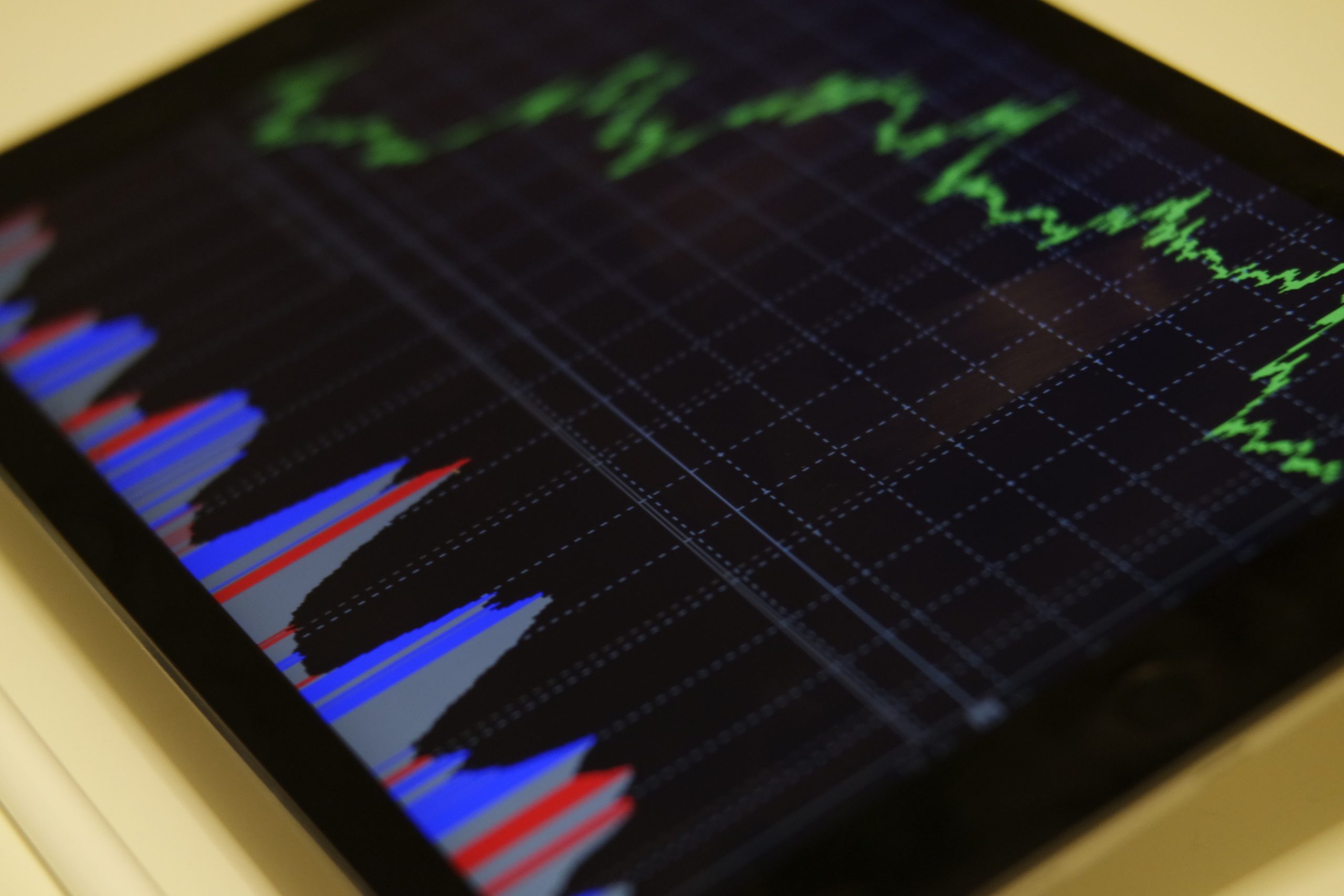Where are the traps usually located?
| Very close to the ground
|
Where are radio antennas normally located?
| As far from the ground as possible, just the opposite of the traps
|
How do the ground and obstacles affect the radio range?
| Very much. The proximity of the transmitter to the ground limits its effective range to only 30-50 m.
|
Which option is more expensive cable or radio?
| It depends on the quantity and density of equipment. In wireless refineries it is more expensive
|
How can wireless monitoring be more expensive than cable monitoring?
| Because a single cable serves up to 64 monitors (average 15 m / purge). 15 m of cable costs much less than a wireless transmitter and requires no maintenance
|
Which architecture is simpler: wireless or wired?
| Wireless is much more complex and requires access points (AP), routers, batteries, ...
|
Which architecture is more reliable: wireless or wired?
| Cable is always much more reliable than wireless
|
Does the wireless architecture require cable?
| Usually. To supply PA continuously
|
Is fiber optics required in cable architecture?
| No. The cable has two pairs of wires for power and data
|
Is fiber optics required in wireless architecture?
| Usually. To communicate data between PAs and gateways
|
What is the equipment limit in the wireless option?
| 100 teams / PA. 20 PA / Gateway: Maximum 500 devices / gGteway
|
What is the equipment limit in the cable option?
| 64 computers / cable. 250 cables / Gateway: Maximum 16,000 devices / Gateway
|
Can wireless and cable be combined?
| Yes, through optimized wireless architecture (see SmartWatchWeb topology below)
|
Wired references with thousands of elements
| There are dozens (see https://bitherm.com/en/proyects)
|
Wireless references with thousands of elements per floor
| None known (only references of small groups of elements)
|
Clustred wireless references with thousands of items
| Some here: https://bitherm.com/en/proyects |

